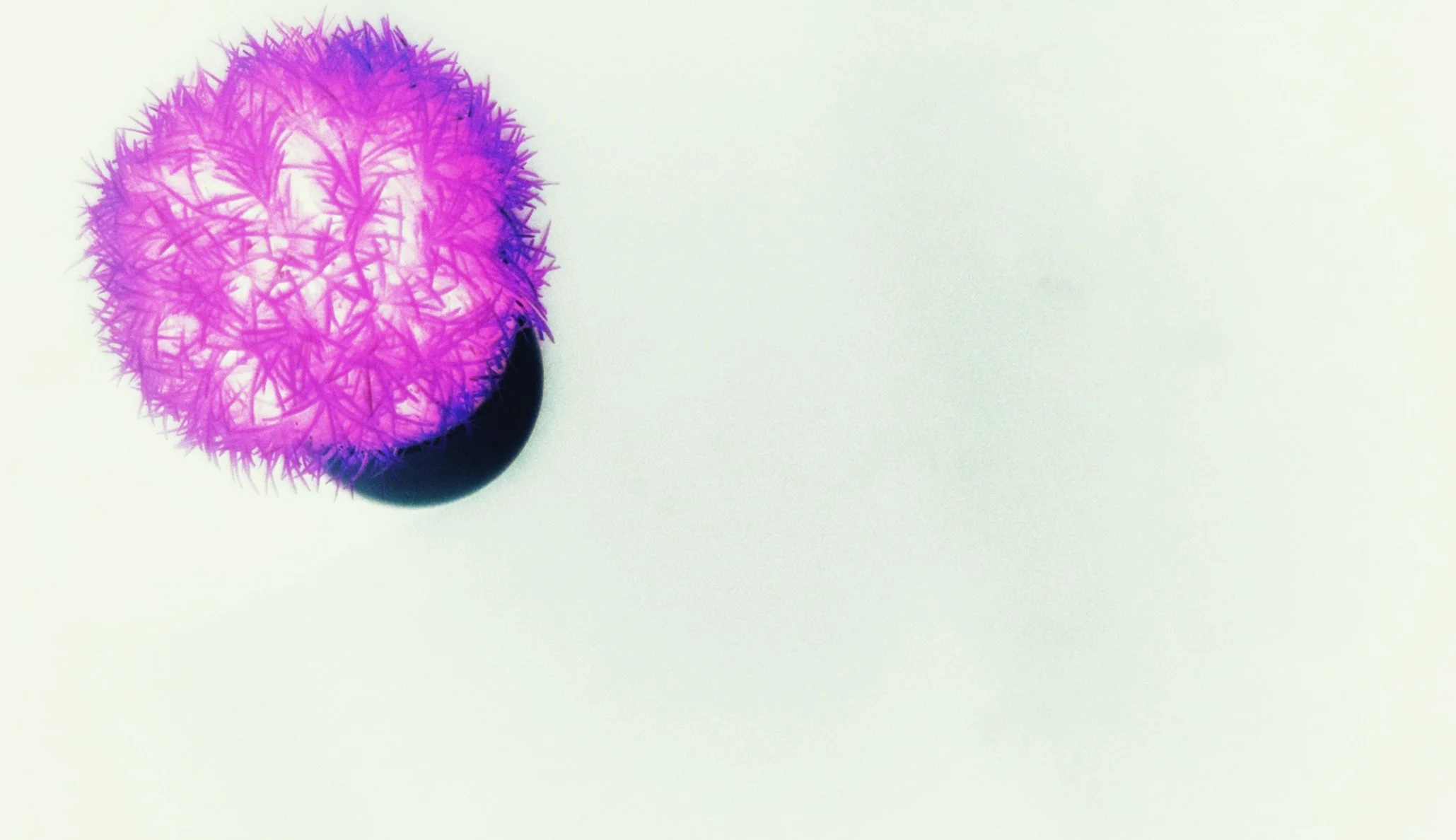Negative Space in Contemporary Photography: Balance, Perception, and the Psychology of the Gaze
The Poetry of Empty Space
In contemporary photography, empty space is far from absence—it is form, rhythm, and visual breath. Negative space, the area surrounding a subject, often overlooked, has immense narrative and emotional power.
The brain, guided by Gestalt principles, instinctively completes incomplete shapes, seeks harmony between presence and absence, and interprets emptiness as structure. Photographers like Fan Ho and Shoji Ueda have elevated negative space from background to central character, proving that the void can carry meaning, tension, and poetry.
Even contemporary artists like Michael Wolf and Todd Hido demonstrate that negative space is not emptiness but a storytelling tool, capable of transforming urban density and suburban quietude into immersive visual experiences.
Psychology of Perception and Gestalt Principles in Photography
Understanding negative space in photographic composition requires exploring Gestalt psychology:
Figure/Ground: How Empty Space Highlights the Subject
The mind automatically distinguishes figure from ground. Thoughtful use of negative space ensures the subject emerges naturally, creating immediate clarity and visual balance. Fan Ho’s black-and-white street images illustrate this beautifully, where shadows, figures, and empty areas create visual poetry.
Closure: Completing What’s Unseen
Humans instinctively fill gaps. A subject partially surrounded by empty space is perceived as complete, enhancing compositional harmony. Shoji Ueda leveraged this in surreal landscapes and minimalistic compositions, producing tension, balance, and a dreamlike atmosphere.
Proximity and Continuity: Guiding the Viewer’s Eye
Elements placed near each other are perceived as a group, while negative space separates and accentuates them. Empty areas define rhythm, direction, and depth, guiding the viewer through the image and creating immersive poetic street photography experiences.
Negative Space as a Narrative Tool
Negative space is not just “background”: it tells stories, modulates emotion, and directs attention.
Fan Ho: Urban Poetry and Light Geometry
Fan Ho, photographer and filmmaker, famously stated:
“The space between people and buildings is what makes their forms readable and alive. Without it, the scene loses rhythm and breath.”
In his work, negative space acts as a silent protagonist, structuring rhythm and proportion while amplifying urban solitude.
Shoji Ueda: Minimalism and Surreal Poetry
Shoji Ueda declared:
“Silence is the most intense form of composition. The space around the subject defines it; it is not what is missing.”
His photographs of isolated figures within vast landscapes demonstrate that emptiness itself generates tension, mystery, and balance, guiding the viewer’s perception and emotional response.
Michael Wolf and Todd Hido: The Void as Protagonist
Michael Wolf, known for his urban density studies, observes:
“The empty space between buildings is not mere background; it is what makes forms legible and alive. Without it, the city loses rhythm and breath.”
Todd Hido, famous for his suburban nightscapes, emphasizes:
“The space around a subject tells as much as the subject itself. Absence becomes presence, and visual silence amplifies emotion.”
These photographers highlight how negative space can become the main actor, transforming urban and suburban landscapes into compelling narratives.
Practical Examples
Minimalist architecture: Empty areas accentuate lines, geometry, and materials.
Natural landscapes: Wide skies, deserts, or open spaces isolate the subject and create depth.
Poetic street photography: Even in crowded urban scenes, deliberate emptiness structures rhythm and visual breath.
Practical Applications in Contemporary Photography
Understanding and using negative space yields concrete benefits for photographers, designers, and visual artists.
Highlighting Subjects and Geometry
Empty space around the subject isolates and strengthens its presence, improving clarity, emotional impact, and compositional focus. In portraits or product photography, negative space becomes a tool of visual emphasis rather than background filler.
Creating Tension, Rhythm, and Direction
Negative space can suggest movement, leading the viewer’s eye through the frame. A diagonal void implies direction; a calm expanse conveys tranquility. Mastering the balance of full and empty areas allows photographers to orchestrate visual experience, enhancing engagement and emotional resonance.
Cross-disciplinary Connections
Negative space is central not only in photography but also in design, abstract art, and advertising. Empty areas guide attention, elevate elegance, and emphasize key messages. Its principles are crucial in minimalist campaigns and contemporary visual storytelling.
Practical Techniques
Black and white photography: Enhances contrast between figure and background, emphasizing negative space.
Rule of thirds and leading lines: Combine void and structure for visual balance.
Directional light: Shapes and deepens empty areas, as Fan Ho and Michael Wolf illustrate in their urban compositions.
The Philosophy of Void: Zen, Ma, and Visual Silence
Negative space evokes Eastern philosophy, especially Zen and the Japanese concept of ma. Here, emptiness is not absence but a zone of potential, tension, and harmony.
In contemporary photography, every empty area serves as visual breath, a meditative pause for reflection. Shoji Ueda explains:
“Silence is the most intense form of composition.”
Every well-composed void has aesthetic and narrative purpose, transforming an image from mere visual documentation into immersive artistic experience.
Curatorial Conclusion: Void as Form, Rhythm, and Emotion
Negative space in contemporary photography is not merely a technique; it is balance, narrative tool, and emotional guide. Fan Ho, Shoji Ueda, Michael Wolf, and Todd Hido demonstrate how emptiness can be protagonist, shaping urban streets, landscapes, and minimal compositions into unforgettable works.
In today’s visually saturated world, understanding negative space allows photographers to capture attention, convey emotion, and communicate profound meaning. Every carefully crafted void is a promise of form, a breath of harmony, a pause of visual silence.
Ultimately, negative space is form, rhythm, emotion, and concept. To master it is to master the art of perception, balance, and poetic storytelling in contemporary photography.
